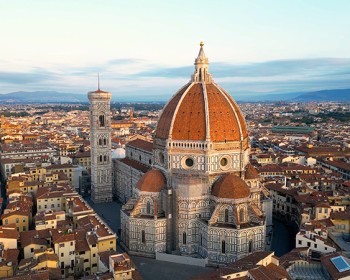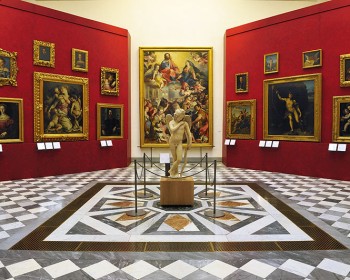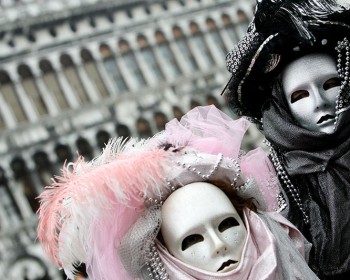The village stands on a spur dominating the Nera gorge and the Terni basin, in a site that is difficult to access due to the roughness of the slopes that conditioned its shape and urban development. Near the border between Umbria and Lazio, it was a road junction of fundamental importance for the control of the road network between Rome and the Adriatic, tying its fortunes to this role for centuries and thus suffering sieges and destruction.
The Rocca Albornoz in Narni
Although the historic center is not very large, there is a lot to see during a walk in the city, between squares and shops, alleys and stairways, panoramic views and more evocative details. Not to mention some places of interest, perhaps less known but of great beauty, located just around the town. In fact it is possible to admire, in a dominant position with respect to the medieval village, the Rocca Albornoz.
This mighty and ancient fortress, later home to popes, cardinals and leaders, was built in the second half of the 16th century. Its structure has a quadrangular plan, with walls and towers surrounding an internal courtyard which is accessed through two elegant portals. On the first floor, accessible via a beautiful staircase, the stately home. The first medieval theme park in Umbria has been set up inside the courtyard, where a fourteenth-century village has been rebuilt and where themed shows are held on the occasion of historical re-enactment events, such as that of flag-wavers, concerts of medieval music, dances historical, “boccaccesche” comedies and archery competitions. In addition to being the seat of numerous conferences, the fortress currently hosts the "School of taste" and an art exhibition.
Narni Underground: a fascinating underground world
But what makes the medieval village fascinating, with its narrow alleys, long steps and houses with the flavor of ancient fiefdoms, is Narni underground.
A city beneath the city discovered by chance by a group of kids in 1979.
Underground Narni deserves a suggestive guided visit. It is not known with certainty when the city of Narnia changed its name to Narni, but this probably happened gradually over time starting from the thirteenth century and then became effective after the French revolution, although until the end of the nineteenth century they were still in the tombstones and in official writings inscriptions with the ancient name of Narnia, but it is evident that CS Lewis drew inspiration from here for his famous novel "The Chronicles of Narnia".
Lewis has never visited Narni, but he was a great connoisseur of Roman history and the Latin language thanks to his classical studies between Cambridge and Oxford. The city was founded about 1,000 years before Christ by the Osco-Umbrian people as Nequinum.
"Nar - means 'flowing water'", pointing out that this may also be one reason Lewis chose the name for his fictional land, as "water is the source of life".










